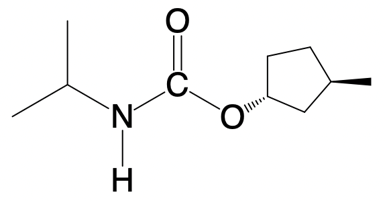Hey everyone. So in this video, let's take a look at Urethane formation. Now, Urethane itself is a carbonate ester created from the nucleophilic addition. So, nucleophilic addition of an alcohol to an isocyanate molecule. Now, the carbamate ester itself is just a carbonyl group connected to an amino group.
We're going to say, NR2, R here could be carbons or hydrogens, and an alkoxyl group which is OR, R here has to be a carbon. So here's our carbonate. So we have an NR2 group here, and then we have an OR group here. Here we have our isocyanate, and we have an alcohol.
We're going to say the way this works is just imagine that this pi bond is forfeited so that we can attach this alcohol to this isocyanate. We'd say here that hydrogen would go to the nitrogen to give us an NH, and then the RO portion that remains in the alcohol, that'll go to the carbon, thereby giving us this ester portion right here. So that's Urethane, and more specifically, we'd have a carbonate ester. And so, this is how we would approach a basic type of Urethane formation. So just keep that in mind when it comes to this, it's isocyanate reacting with an alcohol.
The H of the alcohol, we can say that it is going to the nitrogen, and the RO portion is going to the carbon, which is our carbonyl group. This is just a very simplistic way of doing it without worrying about a mechanism.



